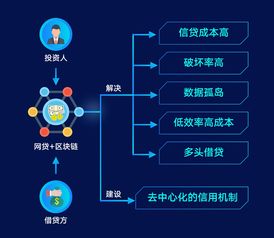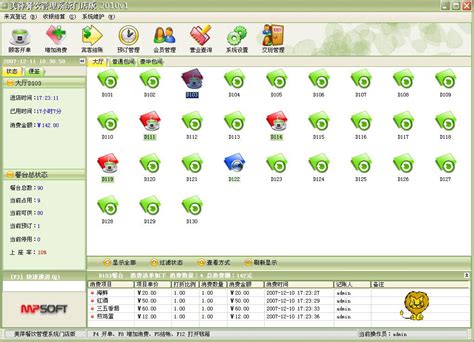Title: Understanding the Process of Information Onboarding onto the Blockchain
Before delving into the intricacies of information onboarding onto the blockchain, let's grasp the fundamentals of blockchain technology. Blockchain is a decentralized, distributed ledger technology that securely records transactions across multiple computers in a way that is tamperresistant and transparent. Each block in the chain contains a cryptographic hash of the previous block, creating a chronological chain of blocks, hence the name blockchain.
Onboarding information onto the blockchain provides several advantages:
- Immutability: Once information is recorded on the blockchain, it becomes practically immutable, making it resistant to tampering or alteration.
- Transparency: Blockchain transactions are transparent and can be accessed by all participants, fostering trust and accountability.
- Security: The cryptographic features of blockchain ensure high levels of security, reducing the risk of data breaches or unauthorized access.
- Decentralization: By distributing data across multiple nodes, blockchain eliminates the need for a central authority, reducing the risk of single points of failure.

Now, let's explore the steps involved in onboarding information onto the blockchain:
Identification of Data: The first step is to identify the information that needs to be recorded on the blockchain. This could range from financial transactions and supply chain data to identity verification and digital assets.
Data Preparation: Once the data is identified, it needs to be prepared for onboarding onto the blockchain. This may involve structuring the data in a format suitable for blockchain storage and ensuring data integrity.
Selection of Blockchain Platform: There are various blockchain platforms available, each with its own set of features and functionalities. Depending on the specific requirements of the use case, the appropriate blockchain platform needs to be selected.
Transaction Creation: In this step, a transaction containing the relevant information is created. The transaction typically includes details such as the sender, receiver, amount, and any additional metadata.
Transaction Validation: Before the transaction is added to the blockchain, it needs to be validated by the network. Depending on the consensus mechanism employed by the blockchain, validation may involve proof of work, proof of stake, or other consensus algorithms.
Block Formation: Once validated, the transaction is grouped with other transactions to form a block. Each block contains a cryptographic hash of the previous block, ensuring the integrity and immutability of the entire blockchain.
Block Propagation: The newly formed block is propagated to all nodes in the network, ensuring that all participants have a consistent view of the blockchain.
Block Confirmation: Finally, the block is confirmed by a consensus of the network, and the information it contains is considered permanently recorded on the blockchain.
Onboarding information onto the blockchain is a crucial process that leverages the unique properties of blockchain technology to provide immutability, transparency, security, and decentralization. By understanding the steps involved in this process, organizations can harness the power of blockchain to revolutionize various industries and create new opportunities for innovation.











